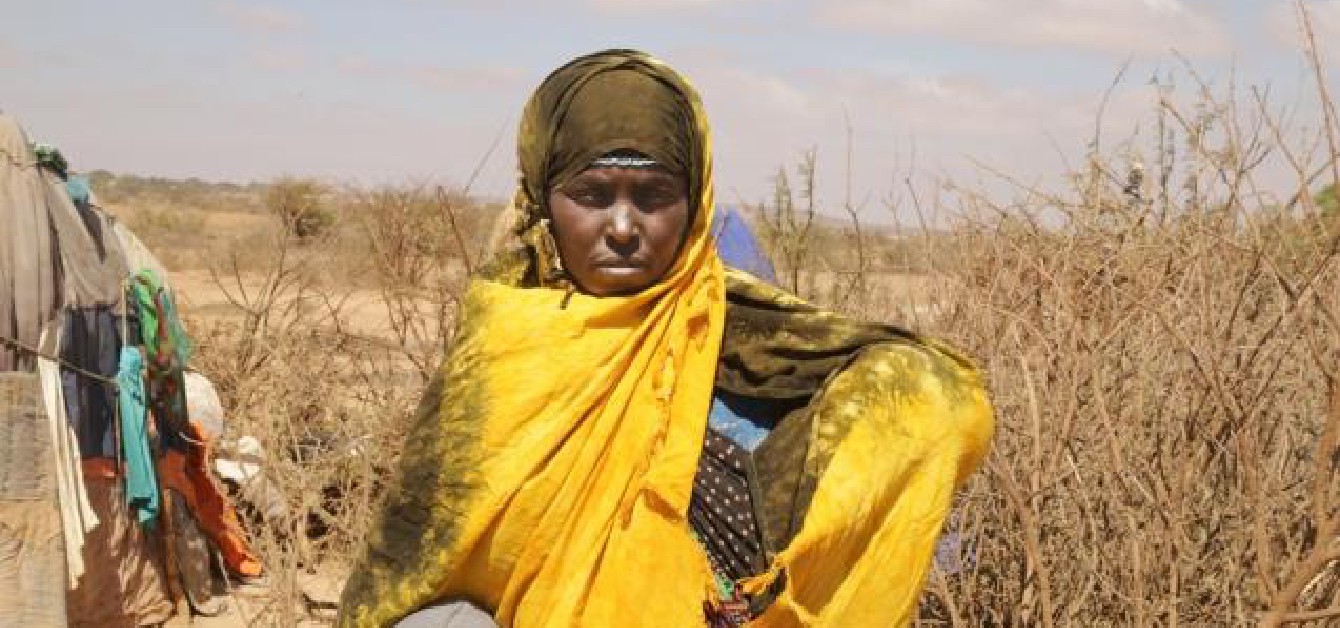ELIMIKA - Adolescents and youth taking control of their HIV treatment issues, the case of Mombasa, Kenya

Globally, over 2.1 million adolescents aged 10–19 and 5 million young people aged 15–24 are living with HIV. As a result of greater availability of antiretroviral (ARV) therapy, many infants born with HIV can now survive into adolescence. However, while worldwide the number of new HIV infections decreased by 44% between 2001 and 2012, there was no substantial decrease among young people. Furthermore, while, between 2005 and 2012, the global number of HIV-related deaths fell by 30%, it increased by 50% among youth. Lall (2015) summarizes the factors contributing to the higher mortality among HIV-positive youth and adolescents: the lack of awareness of sero-status, poor linkages between testing and treatment services, difficulty in retention in care and lack of adherence to antiretroviral therapy (ART) regimes. Nonadherence to medication is the key obstacle to HIV treatment success. The group at highest risk of nonadherence is adolescents. In particular, those who acquired HIV infection perinataly have many questions unanswered and have significant psychological trauma. Adolescence is a key, but often overlooked, phase in managing the HIV epidemic.
This study started in 2014, funded by the Gates Foundation, and implemented by ICRH Kenya. It aims to improve ART adherence among HIV-positive adolescents and young people. It consists of three specific objectives: 1) to assess current levels of HIV adherence among adolescents and young people (data extraction from medical records); 2) to test the acceptability and utility of a pilot peer support online platform for HIV-positive adolescents and young people (focus group discussions and survey); 3) to test the effectiveness of this platform on ART adherence (online survey).
The online platform is developed in conjunction with and managed by adolescents and young people. Participants are given a personal code by their health care provider that allows them to access the website and create their own profile. The website combines information (on HIV, treatment, STIs, safe sex, contraceptives) and access to health professionals for consultation and advice (questions can be asked, one weekly live chat will be organized) with interactive tools (discussion forum, chatting, video blogs on life issues that affect adherence such as dating, substance use, mental health issues).
Funding agencies
Other
Partners
ICRH Kenya, ICRH Belgium
Period
May 01, 2014 - December 13, 2015
Project status
Project closed
Countries
Themes
HIV & AIDS
Adolescent and youth health
Reproductive rights



